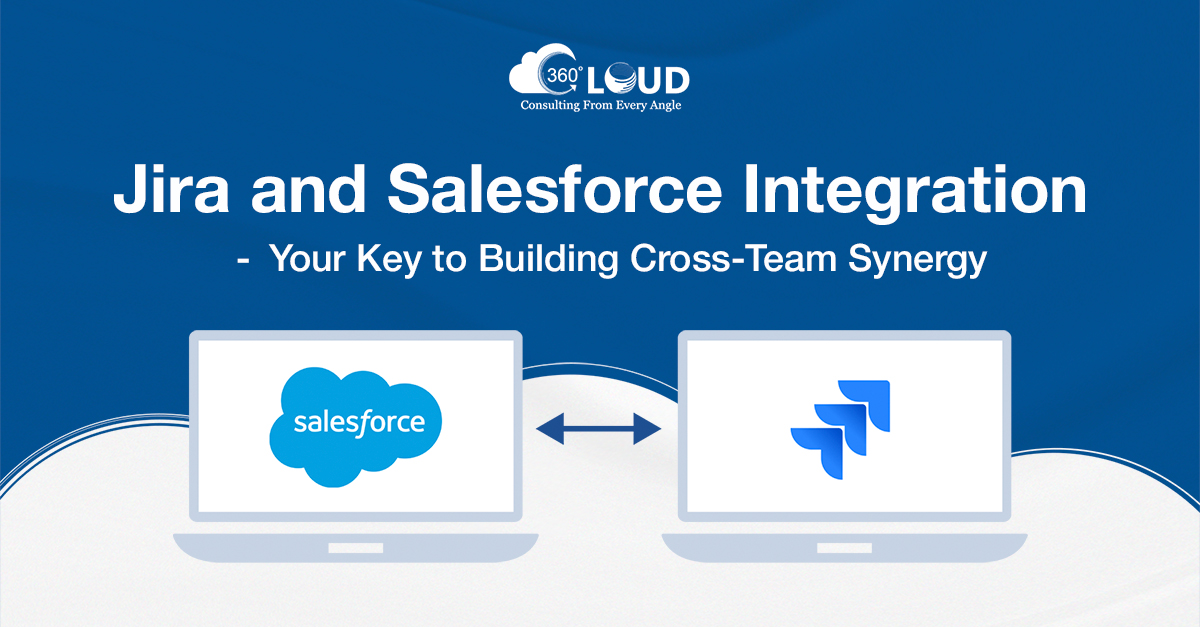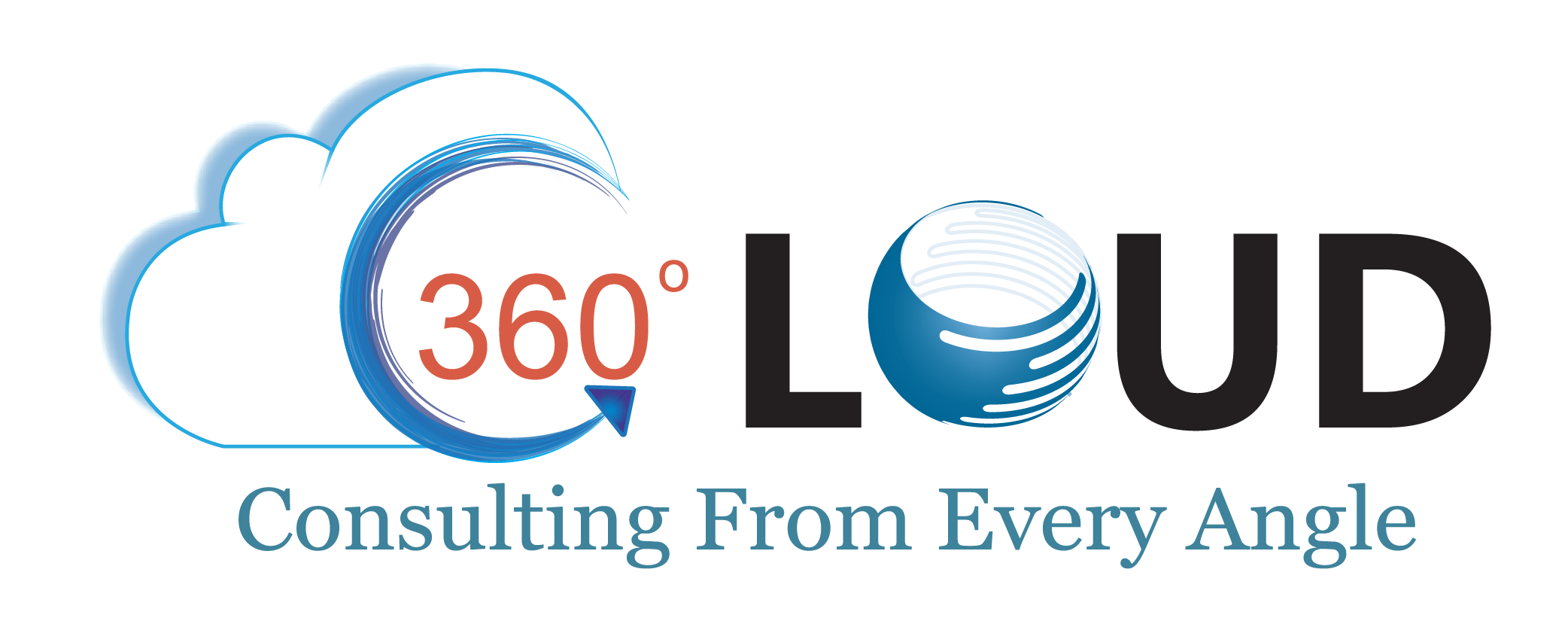Jira and Salesforce Integration— Your Key to Building Cross-Team Synergy
13 May 2025
Table of Contents

To run and manage successful business operations, companies have multiple tools in their tech arsenal. However, if these are not integrated, it can lead to siloed data and disconnected experiences. Therefore, a great way to boost cross-team collaboration is by connecting workplace tools like Jira and Salesforce integration.
This integration gives teams a single source of truth for customer data, facilitates effective communication, and enables effective tracking of campaigns. In this blog post, we’ll talk about how Jira and Salesforce integration can improve your team’s efficiency and cross-team collaboration initiatives.
Table of Contents
How Jira and Salesforce Integration Drive Cross-Team Collaboration
Jira and Salesforce integration promote cross-team productivity. Here’s how:
1. Enable Contextual Collaboration:
Jira and Salesforce integration build a living system of shared context. Also, your team will be able to see:
- How a Jira issue affects a live Salesforce opportunity.
- Product feedback is captured during the initial sales stages.
- Patterns across key accounts or industries that signal risk.
Similarly, with Marketo to Salesforce integration, marketing campaigns can be directly tied to deal progress, improving demand generation to close won handoffs.
2. Predict Escalation Risks Early
Gone are the days when sales teams only found out about bottlenecks when the damage was done. With integrated systems, ensure that you:
- Get smart alerts for Jira tickets linked to high-value Salesforce accounts.
- Active escalations to warn of renewal risks with predictive models.
- Trends across Salesforce SharePoint integrations and project documentation reveal bottlenecks early.
3. Automate Critical Workflows Across Functions
The days of automating simple tasks are gone. With intelligent bi-directional sync, Jira and Salesforce integration now automate:
- Specific ticket creation from customer cases.
- Prioritization of bugs tied to crucial accounts.
- Updates across Salesforce and Jira without human intervention.
Similar to how NetSuite Salesforce integration streamlines finance and billing operations, Jira and Salesforce integration minimize the friction between sales, service, and development teams.
4. Solidify Customer-Facing Collaboration
Your support team needs to keep the customers at the center of everything they do. Jira and Salesforce integration help you exactly do that. They can get a holistic view of customer data and can directly access relevant sales data and customer history, and prioritize support tickets. Also, the integration ensures that:
- The support team can directly resolve queries without facing data silos.
- The sales team knows the status of unresolved engineering tickets.
- The product teams receive live feedback on urgent needs.
Now that we have talked about how Jira and Salesforce integration can drive cross-team collaboration, let’s shift focus to how this integration would look in 2025.
What Should Jira-Salesforce Integration Look Like in 2025
Here’s how the modern Jira and Salesforce integration should look.
- No-Code/Low-Code Setup: You can design and deploy integration workflows with drag-and-drop interfaces. It completely eliminates the dependency on developer sprints.
- AI-Powered Prioritization: With the help of AI, you can analyze case descriptions and score tickets based on urgency, account value, and sentiments.
- Bi-directional Sync: Updates in Salesforce, like a case comment or status, instantly reflect in Jira and vice versa. Also, comments, ownership changes, and attachments stay aligned across the system without duplication.
- Granular Permissions: You can get complete role-based access, as in who can see what, with field-level sync rules without exposing sensitive data to the wrong people.
- Mobile-First Access: Your integration should be mobile-first so that you can easily track, update, or escalate issues directly from your phone. Additionally, mobile forms, push alerts, and offline-ready syncs ensure that nothing slips through the cracks.
The Bottom Line
The data silos between customer-facing teams and product-building teams have always been a challenge for fast-growing companies. And if you want to solve that challenge for your business, improve processes, and enhance cross-team collaboration, you should consider integrating your Salesforce instance with Jira.
Ready to Integrate Salesforce and Jira Flawlessly? Let’s Talk!
Our experts will be happy to play a part in your Salesforce journey. Just drop us a line at contact@360degreecloud.com, and we’ll take it from there!
Frequently Asked Questions
How do I become a Salesforce partner?
Just sign up through the Salesforce Partner Program. Pick your niche, like consulting or building apps. Then, you can offer solutions like Jira and Salesforce integration or Marketo to Salesforce integration.
What are the benefits of working with a Salesforce partner?
When you work with an expert Salesforce partner, you get mavens who know how to make Salesforce work for your business. They have solid strategic teams and innovative technology to help you make the most out of your tech stack.
What types of Salesforce partners are there?
There are mainly three types: consulting partners, who implement and customize Salesforce; ISV partners, who build apps listed on AppExchange; and resellers.
About the author
Diksha GathaniaDiksha is a seasoned content writer and marketer who is always keen on trying new avenues to discover and write about. She has a keen eye for detail and a talent for breaking down technical topics into digestible pieces for both technical and non-technical audiences. She is a Salesforce, Marketing Automation, and Marketing Analytics enthusiast who stays on top of the pulse of industry trends. Beyond her professional endeavors, she finds joy in traveling and is always on the lookout for new destinations.
Recent Blogs
 Industry
Industry
Salesforce for Professional Services: Why It’s a Must-Have for Modern Firms
The entire professional services industry, whether it is legal or IT, has always been struggling with tremendous operational challenges. On one hand, there is the…
Read More Salesforce Services
Salesforce Services
How Salesforce Managed Services Optimizes Your Licenses
For many organizations, the annual Salesforce renewal process feels less like a strategic investment and more like a mandatory expense hike. The harsh truth is…
Read More Salesforce Clouds
Salesforce Clouds
Top 10 Salesforce Integration Tools to Connect Your Tech Stack
Gone are those days when businesses used to rely on one or two systems to manage their operations. In this modern tech ecosystem, businesses use…
Read MoreReady to Make the Most Out of Your Salesforce Instance?
Our Salesforce aces would be happy to help you. Just drop us a line at contact@360degreecloud.com, and we’ll take it from there!
Subscribe to our newsletter
Stay ahead with expert insights, industry trends, and exclusive resources—delivered straight to your inbox.



